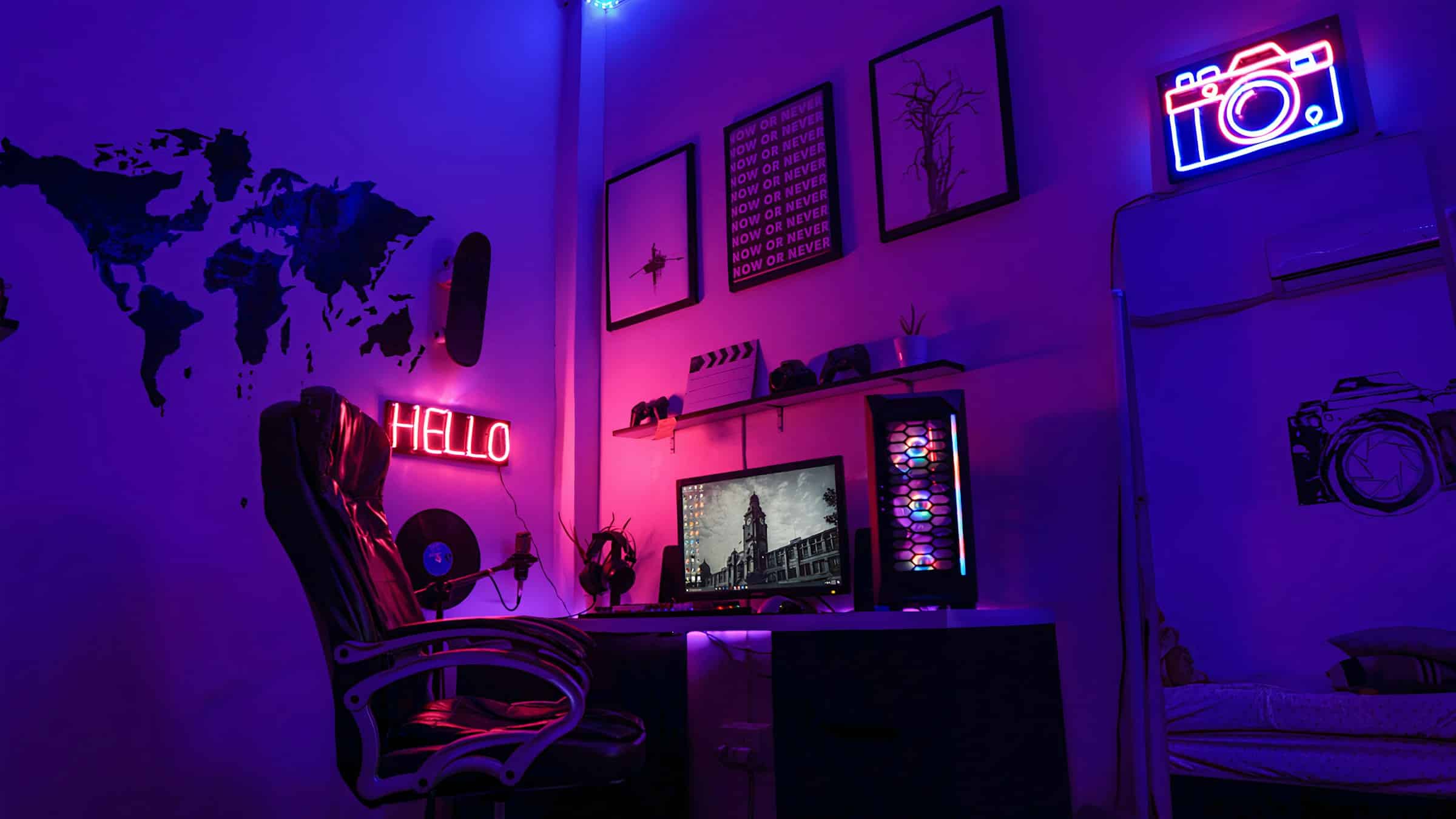
In the era of smart homes, the Philips Hue lighting system stands out as a prominent player. Offering myriad options for customizability, this lighting system can seamlessly blend with your daily routine, adding convenience, elegance, and a touch of fun. But how does one set this system up, especially when integrating it with Amazon Echo Show? This article aims to shed light on this process, walking you through the steps required to create your smart lighting ecosystem.
Before we delve into integrating your Philips Hue with the Amazon Echo Show, let's first understand how to set up the Philips Hue itself.
A découvrir également : How do you set up a high-performance workstation using an Intel Xeon W-2295 for CAD software?
It all starts with the Philips Hue Bridge, the heart of the system. This device is the link between your Hue bulbs and the network, enabling you to control the bulbs using the Hue app or voice assistants like Amazon's Alexa.
To start:
A lire également : What are the steps to install and configure a RAID 0 array on a Synology DS218+ for maximum performance?
Once the Bridge is connected, you can begin adding your Hue lights. Do this by tapping on 'Light setup' in the app, then 'Add light'. The app will automatically search for and add any Hue bulbs in range.
Now, let's move on to the exciting part - integrating your Philips Hue System with Alexa on your Amazon Echo Show.
Alexa, Amazon's voice assistant, can control your Philips Hue lights, allowing you to switch them on/off, dim them, change colors, and even set specific scenes using your voice.
To connect your Philips Hue System with Alexa:
Once connected, Alexa will automatically discover all your Hue lights. After this, you can control your lights using simple voice commands like "Alexa, turn on the living room lights".
The true beauty of a Philips Hue system lies in its customizability. You can create specific "scenes" or lighting configurations for different times of day or occasions, and control them via the app or your voice.
To set a scene:
You can now activate this scene using Alexa, by saying, "Alexa, activate [Scene Name] in [Room Name]".
Once your Philips Hue system is set up and integrated with Amazon Echo Show, you can make your lighting smarter and more intuitive by setting routines and automations.
Routines are set schedules for your lights. For example, you can program your lights to automatically switch on at sunset and switch off at bedtime. Automations, on the other hand, are triggered by specific events or conditions, such as your arrival home or the temperature dropping below a certain level.
Both routines and automations can be set up through the Philips Hue app and controlled via Alexa.
Even with such high-end systems, hiccups can occur. Your devices may sometimes fail to connect, or you may face issues while controlling them. However, most issues can be resolved through simple troubleshooting steps.
If your Echo Show is unable to discover your Hue lights, ensure that your Bridge is connected to the same WiFi network as your Echo Show. If your lights are not responding to voice commands, check if they are correctly named in the Alexa app and test the commands through the app first.
In case of persistent issues, contact Philips or Amazon's customer support for further assistance.
In conclusion, setting up a Philips Hue lighting system and integrating it with Amazon Echo Show may seem daunting at first, but with the correct steps, it's a straightforward task. With this setup, you not only enhance the aesthetics of your space but also add an extra layer of convenience and smartness to your home.
Beyond the basic setup and integration, there are a plethora of advanced features and accessories to enhance your Philips Hue system. A significant one is the use of voice commands through Amazon Alexa. Voice commands provide hands-free control over your lighting system, making it even more convenient and smart.
You can ask Alexa to turn lights on or off, dim or brighten them, change their color, or even activate a pre-set scene. For instance, a command like "Alexa, turn on Relax in the living room" would activate the 'Relax' scene in your living room.
Additionally, the Philips Hue system offers several other accessories like the dimmer switch, motion sensor, and tap switch. The dimmer switch functions as a traditional on/off switch and dimmer but can also cycle through different scenes. The motion sensor can trigger lights to turn on when movement is detected - a useful feature for areas like hallways or bathrooms. The tap switch, on the other hand, allows you to control your lights without your smartphone, Alexa, or Google Assistant.
Remember, these accessories need to be connected to the Hue Bridge just like the Hue bulbs, and settings can be adjusted within the Philips Hue app.
In the realm of smart home lighting, Philips Hue has carved a niche for itself with its versatile and user-friendly features. By integrating the Philips Hue lighting system with Amazon Echo Show, you can transform your living space into a dynamic and smart environment that reacts to your routines and commands.
Setting up such a system might seem complicated at first glance. However, with the step-by-step instructions mentioned above, you should be able to set up the system, connect it with Alexa on your Amazon Echo Show, customize your lighting preferences, and even troubleshoot any common issues that might arise.
Whether you're looking to enhance the ambiance of your home, automate your lighting, or simply explore the fascinating world of smart homes, a Philips Hue system paired with Amazon Echo Show is an excellent place to start. Embrace the future of home lighting and let your lights do more than just illuminate your home. With Philips Hue and Amazon Alexa, turn your space into a more vibrant, personalized, and intelligent environment.